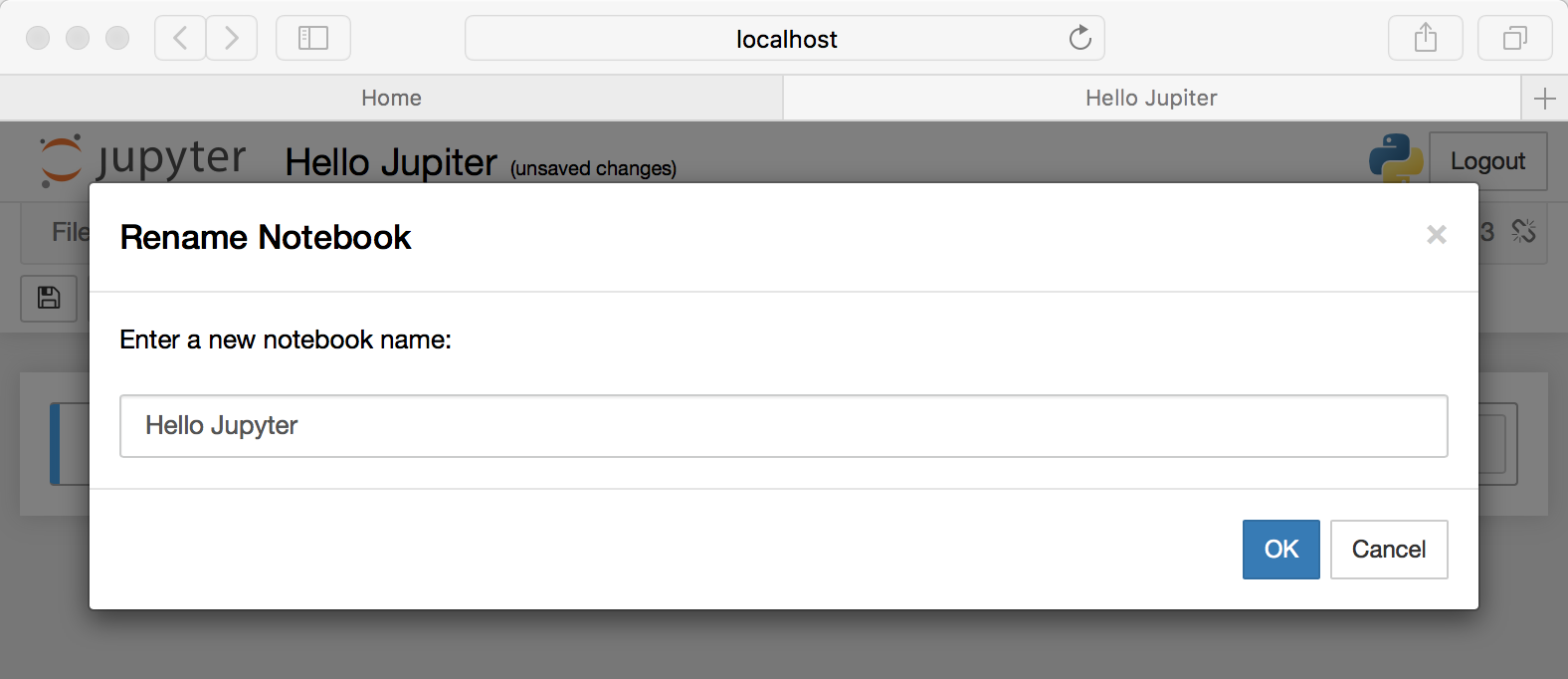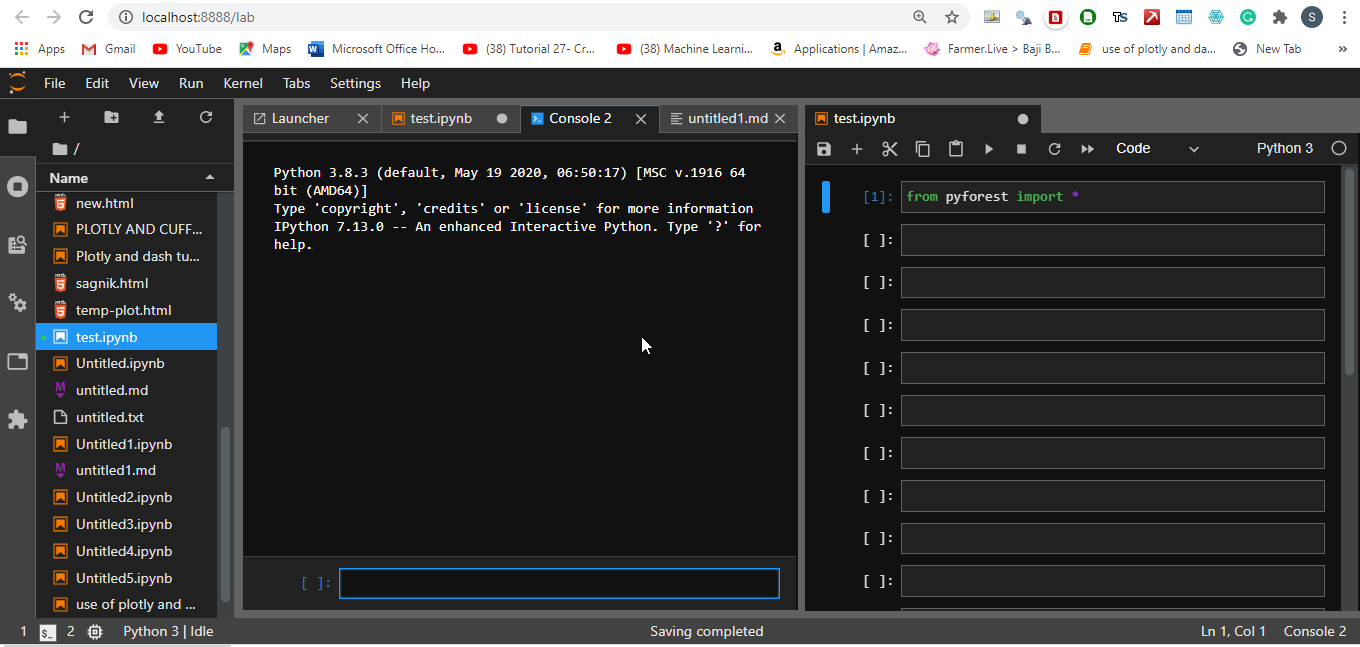
For paid plans you can keep the notebook running for longer periods of time, like 12 hours, a day, or even a week. We can give our notebook a name, specify the amount of time before it shuts down automatically, and set the privacy. Now we just specify a few additional settings before we’re finished.We’re using a free notebook, so we’ll select the free P5000 GPU, which comes with 8 CPUs, 30 GB of RAM and 250 GB of solid state storage. If you want, you can also filter for “low-cost” instances, but these are preemptible and might get interrupted at any time. But to keep things simple, here we’ll stick to the “All-in-one” recommended container, which includes all major machine learning frameworks pre-configured and ready to use. In this tab you can see all of the containers you can choose from. You can select from one of the pre-configured environments, with backends like TensorFlow, PyTorch, or a combination of popular frameworks, or you can create a custom container for the specific environment you want. First we’ll choose between the different options for our notebook environment.From there, hover over the navigation bar on the left, and go down to “Notebooks.” To launch the notebook instance, start by going to and logging into your account. In this tutorial we’re using the free Gradient Community Notebooks, but the process will look the same for the paid plans as well.In this tutorial we’ll look at how to launch a Jupyter Notebook on Gradient by choosing a container, choosing a machine to run it on, and setting our notebook options like its name, run time, and privacy settings. Jupyter Notebooks are a powerful yet user-friendly tool for developing machine learning and deep learning projects.In combination with the Gradient SDK, this allows you to programmatically interact with Gradient.

Probably most common is is PS_API_KEY, which will contain your most recently created API key (if you've created one). There are a number of environment variables loaded into a notebook's environment, which you can access and use. View the list of pre-built containers here. We have a handful of pre-built containers and you can easily add a custom container or build one from a base template, such as the Jupyter R stack. Containersīecause everything is running in a Docker container behind the scenes, we support any kernel you would like. Learn more about persistent storage here. Persistent storage is backed by a filesystem and is ideal for storing data like images, datasets, model checkpoints etc. File StorageĪny data stored in /storage will be preserved for you, across restarts.

NEW! Visit the new ML Showcase for a list of sample projects you can fork into your own account. You can think of a Gradient Notebook as your persistent, on-demand workspace in the cloud. Within the Notebook, you can store an unlimited number of documents and other files. A Gradient Notebook gives you access to a full Jupyter Notebook environment.


 0 kommentar(er)
0 kommentar(er)
